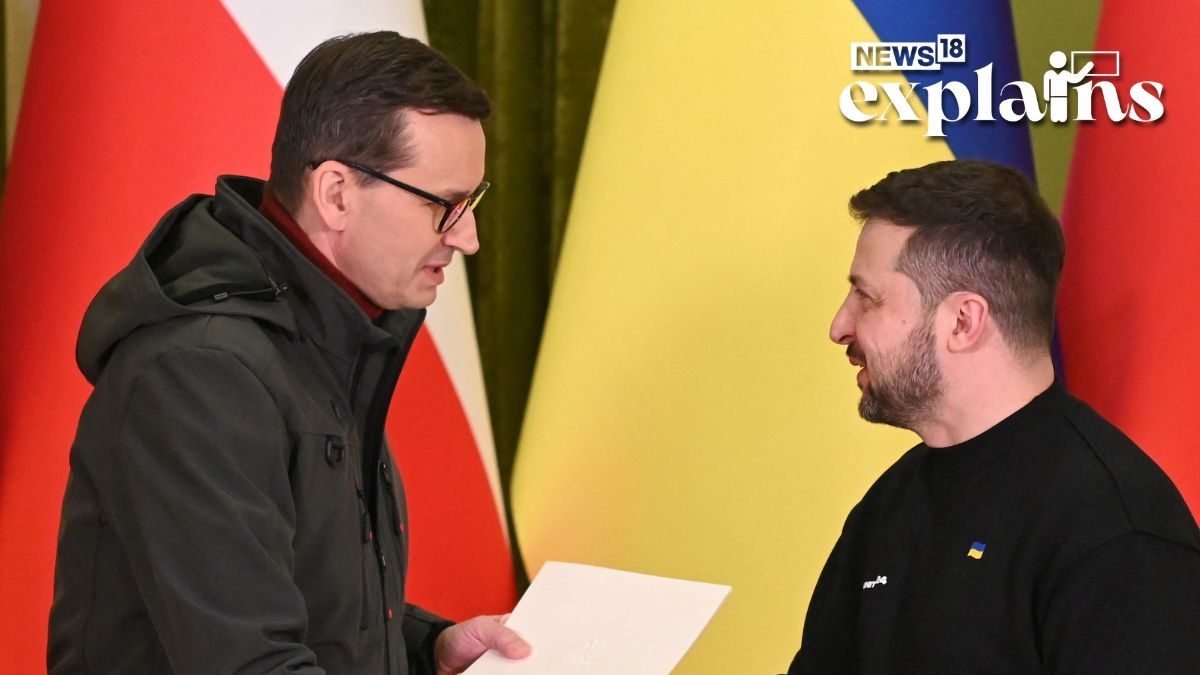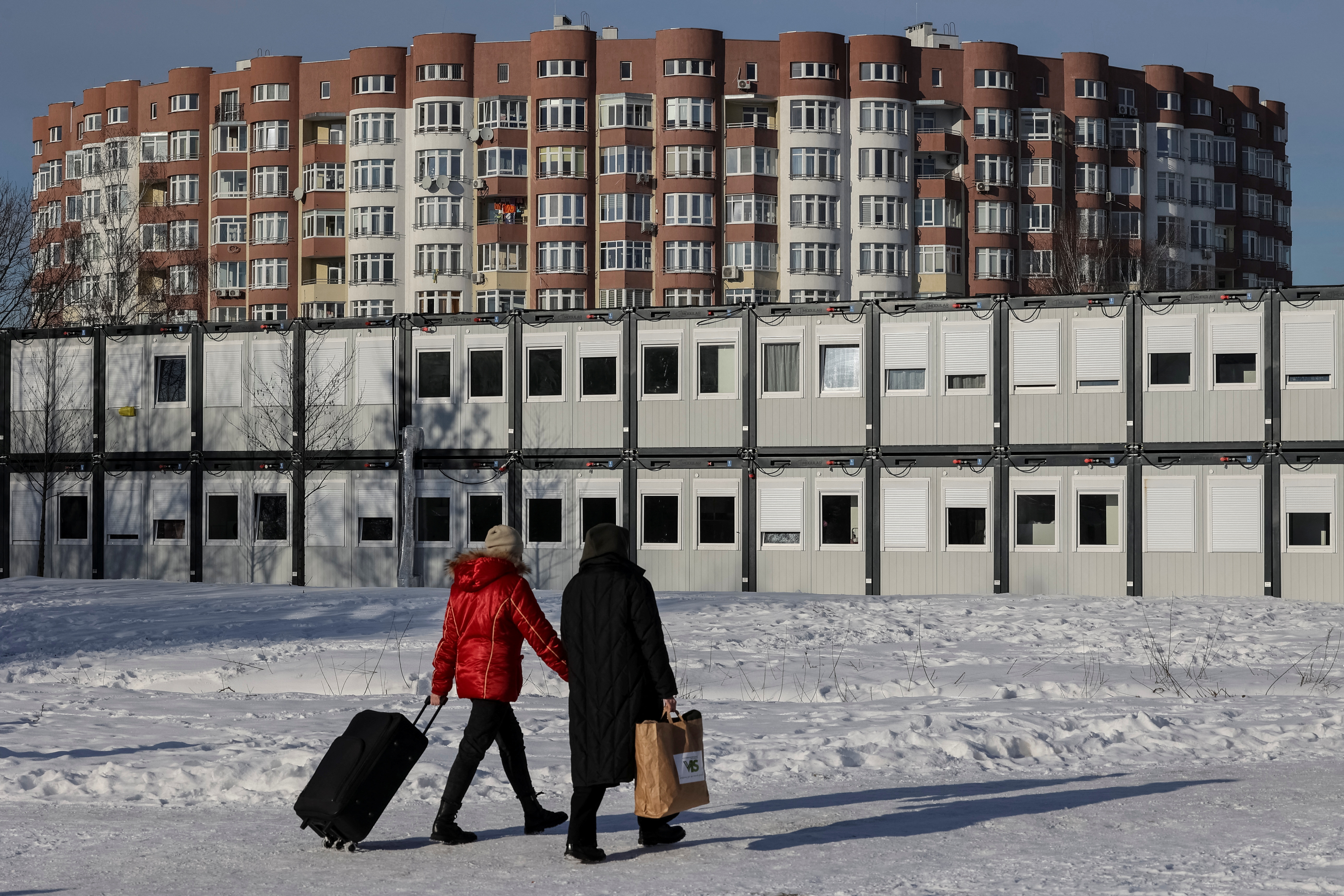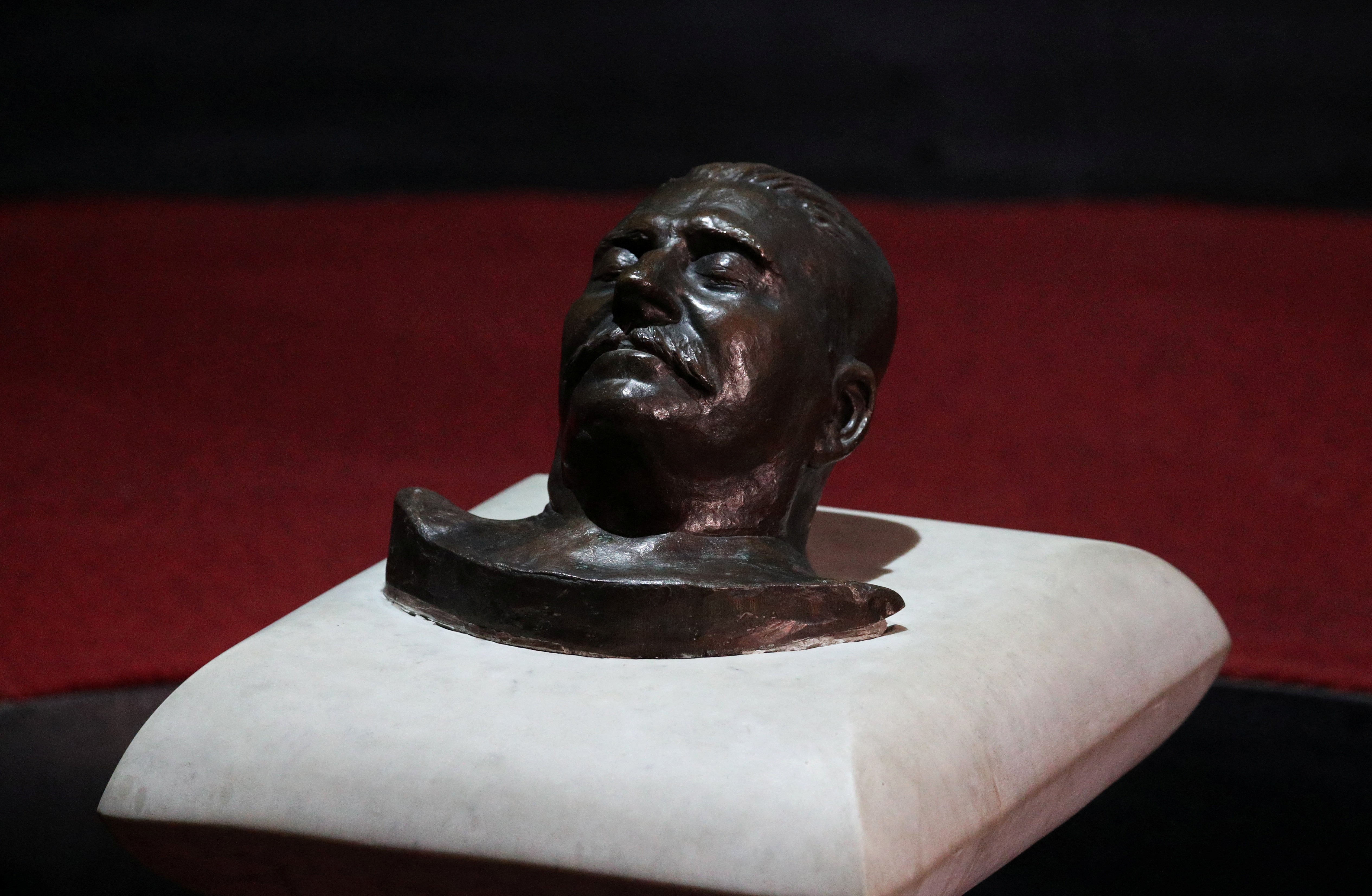Poland said Thursday it plans to give Ukraine about a dozen MiG-29 fighter jets, which would make it the first NATO member to fulfill Kyiv’s increasingly urgent requests for warplanes to defend itself against the Russian invasion.
Warsaw will hand over four of the Soviet-made warplanes “within the next few days,” President Andrzej Duda said, and the rest needed servicing but would be supplied later. The Polish word he used to describe the total number can mean between 11 and 19, said a report by Associated Press.
“They are in the last years of their functioning, but they are in good working condition,” Duda said.
He did not say whether other countries would follow suit, although Slovakia has said it would send its own disused MiGs to Ukraine. Poland also was the first NATO nation to provide Ukraine with German-made Leopard 2 tanks.
Amid the development, let’s take a look at the history between Poland and Ukraine, which might shed some insight into what is prompting Poland to come first in help for Ukraine in its fight against Russia:
20th Century
As per a report by the Warsaw Institute, following the end of World War I, the balance of power in Europe shifted, with the fall of empires such as the German, Russian, and Austro-Hungarian empires, which had partitioned Poland in the eighteenth century (also known as the Polish-Lithuanian Commonwealth).
As a result, Poland was resurrected, and its leaders attempted to reestablish the country’s pre-partition borders. Thus, they aspired to gain part of the territories from which the Ukrainians desired to establish their state. It was impossible to draw a distinct border between Poles and Ukrainians in 1918.
The clearest example is the city of Lviv (previously Lwów), where most of the residents were Poles before WWII, but mostly Ukrainians lived in the neighbouring countryside, explains the report.
The Ukrainian-Polish struggle for Lwów began in November 1918. Poland was at odds with the newly formed West Ukrainian People’s Republic. The Ukrainians were defeated, and in July 1919, Poland took control of the entire region known as Eastern Galicia, which had previously belonged to the Austro-Hungarian Empire. The Council of Ambassadors recognised Poland’s sovereignty over this territory in 1923, the report says.
There were three provinces established there:
- Lwów (57 percent Poles, 34 percent Ukrainians)
- Stanisawów (22 percent Poles, 69 percent Ukrainians)
- Tarnopol (49 percent Poles, 46 percent Ukrainians)
Volhynia Province (part of the Russian Empire during WWI) was also ethnically mixed, with only 17 percent Poles and 69 percent Ukrainians.
Polish government’ policies regarding Ukrainians differed, the report by Warsaw Institute argues. It was not necessarily associated with favour or even apathy, it says, as there were periods of quiet, but there were also anti-Ukrainian repressions, including restrictions on the operation of Ukrainian schools, institutions, and organisations.
Terrorist attacks were organised by extremist Ukrainian nationalists in retribution. The Organization of Ukrainian Nationalists (OUN) carried out deadly actions with the help and funding of the USSR, the Czech Republic, Lithuania, and Germany. Tadeusz Hoówka, a Sejm representative, was assassinated in 1931, and Bronisaw Pieracki, the Minister of Internal Affairs, was murdered in 1934. From 1921 through 1939, Ukrainian nationalists killed 36 Ukrainians, 25 Poles, one Russian, and one Jew.
2nd World War
In 1918 and 1920, both countries attempted to establish independent states. Yet, conflicting territorial claims resulted in the Polish-Ukrainian battle for East Galicia, says a report by the Conversation. Following the Polish/Ukrainian-Soviet conflict, Ukraine was partitioned, mostly between Poland and the Soviet Union, with lesser areas going to Czechoslovakia and Romania.
During WWII, the fighting between Poles and Ukrainians, as well as massacres of Poles by the Ukrainian insurgent army and later atrocities of Ukrainians by Polish soldiers, weakened both sides, making it easier for Nazi Germany and the Soviet Union to enslave both communities. Following the war, Soviet leader Joseph Stalin ordered the expulsion of up to 800,000 Poles from what is now western Ukraine and 500,000 Ukrainians from eastern Poland.
An extra 100,000 Ukrainians living in Poland were transported in Operation Vistula in 1947 and dispersed throughout territory gained from Germany. All of these population transfers were followed by horrors, following in the footsteps of Stalinist tyranny and the Nazi extermination against the Jewish people, says the report.
All of this became clear in 2015, when the right-wing conservative Law and Justice Party won the Polish elections. A few months previously, the Ukrainian parliament had passed legislation punishing those who disputed the valour of Ukrainian national resistance soldiers.
‘Bloody Sunday’
Historians estimate that more than 100,000 Poles, including women and children, died at the hands of their Ukrainian neighbours during a nationalist campaign in what was then southeastern Poland but is now primarily in Ukraine.
The height of the violence, known as “Bloody Sunday,” occurred on July 11, 1943, when fighters from the Organization of Ukrainian Nationalists carried out organised attacks on Poles worshipping in or leaving churches in over 100 communities, primarily in the Volhynia region, a report by Al Jazeera says.
Poland declared a day of remembrance in 2016 and maintains that the acts were genocide.
Ukraine, on the other hand, refers to the Organization of Ukrainian Nationalists as independence warriors. This organisation was also crucial to Ukraine’s identification as a sovereign state.
Common Ground
These historical conflicts continue to be unresolved and emotionally fraught. They have a negative impact on the nations’ relationship without modifying Poland’s political support for Ukraine, explains the report by Conversation.
Well into the twentieth century, a sizable portion of the Polish elite saw Ukrainians as incapable of sustaining an independent state and as doomed to be absorbed into Polish culture or dragged into Russian orbit, says the report.
Nonetheless, Poland was at the forefront of support for Ukraine in 1991. It was the first country to recognise the independence of Ukraine. Poland and Ukraine co-hosted the UEFA European Football Championship in 2012. Over 1.5 million Ukrainians have migrated to Poland in the last 30 years. People in the Polish-Ukrainian borderlands historically spoke both languages and had mixed ancestry.
The report argues that Poles and Ukrainians are learning how much they have in common in their daily interactions. According to a February 2022 opinion poll conducted prior to the Russian attack, more Poles now favour Ukrainians than loathe them, demonstrating how much things have changed.
With inputs from the Associated Press
Read all the Latest Explainers here




